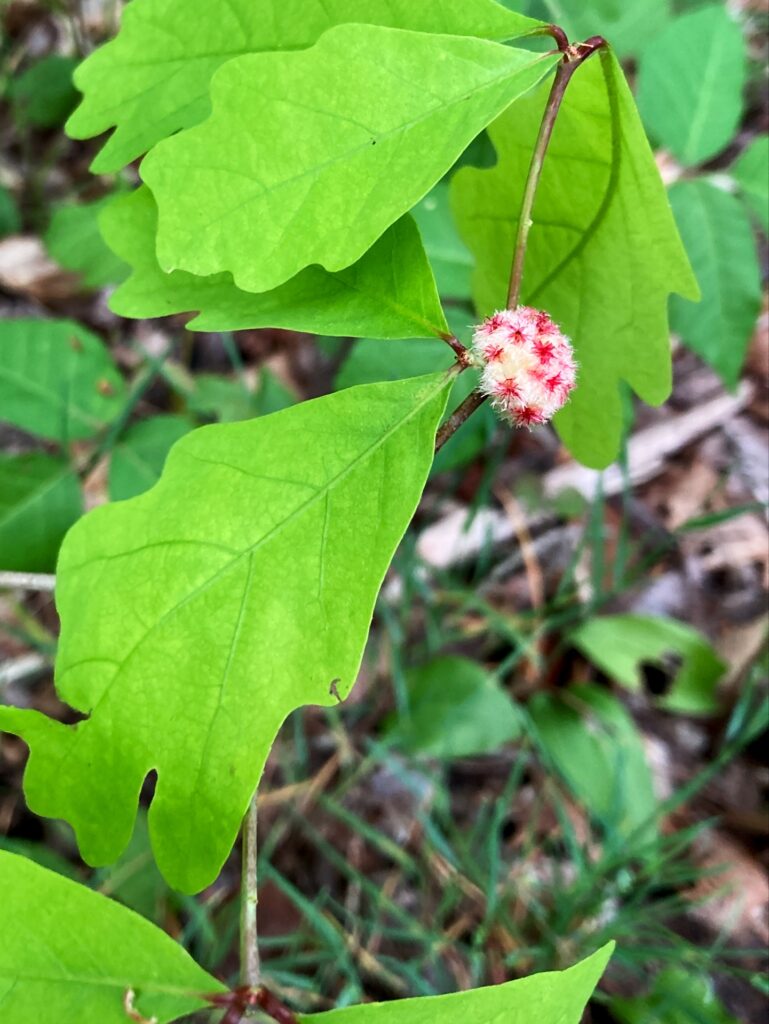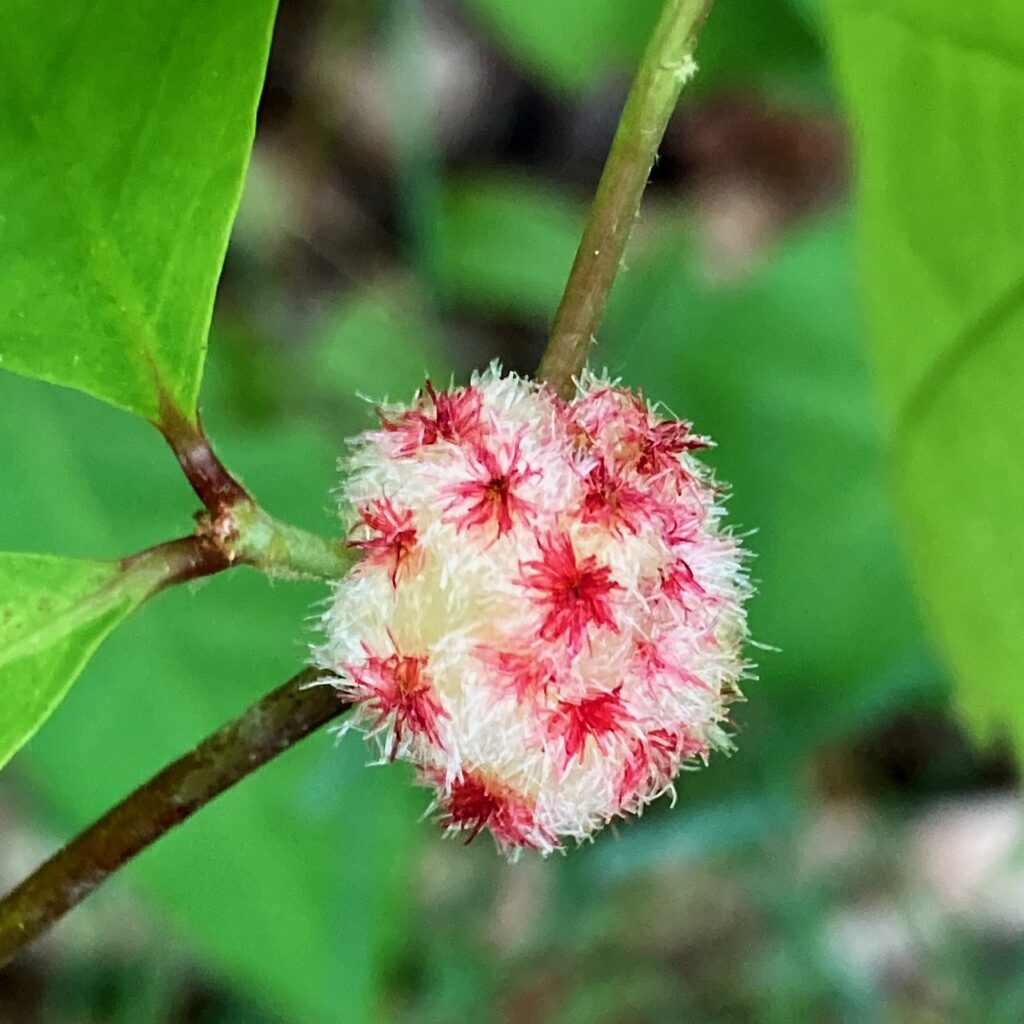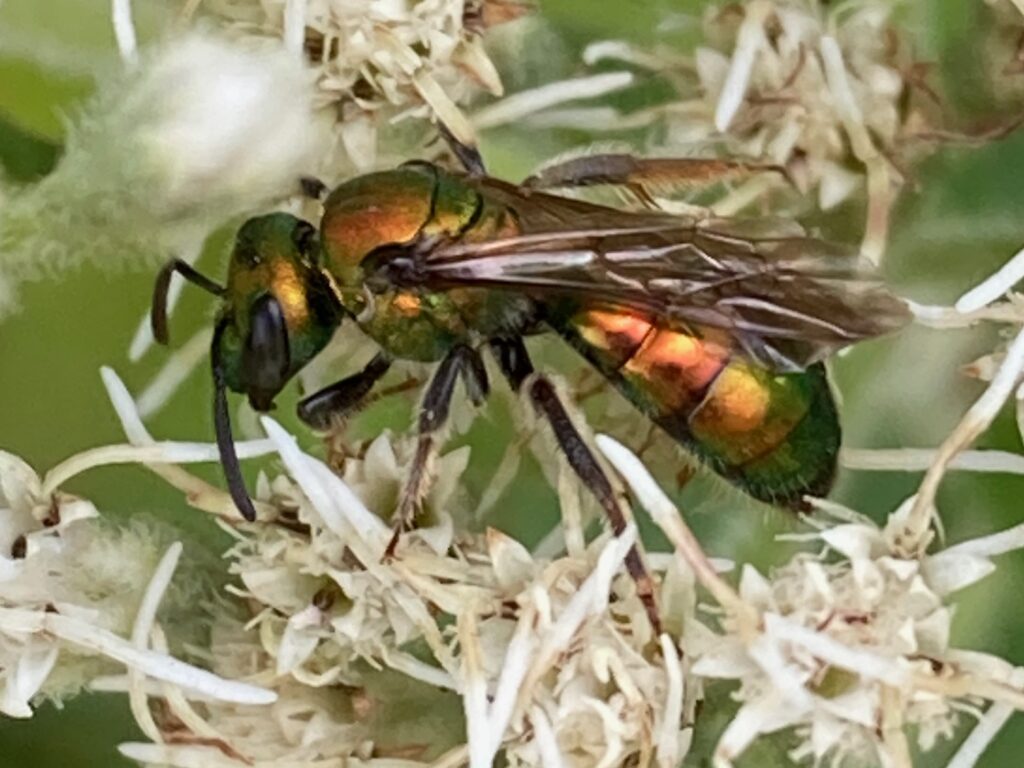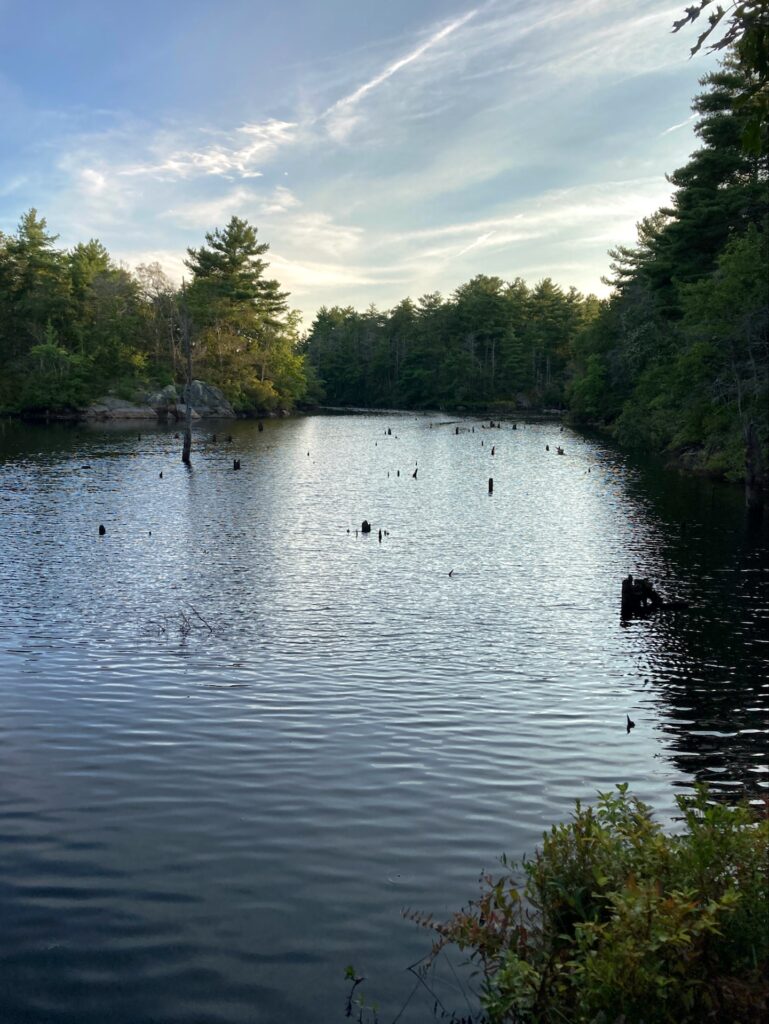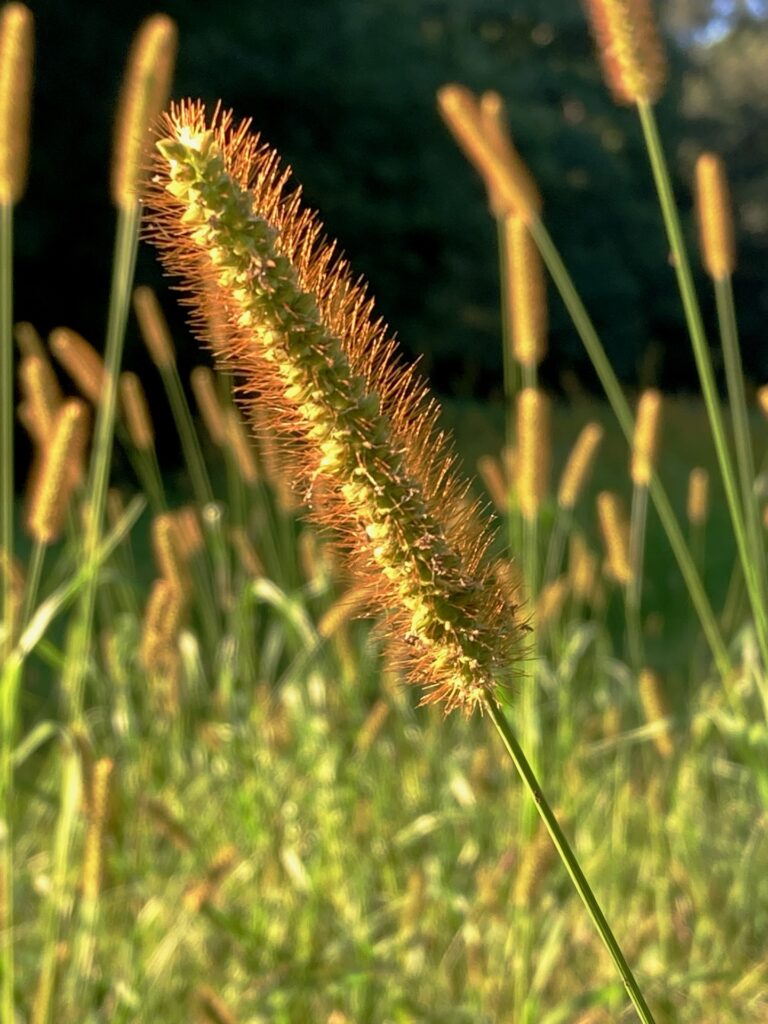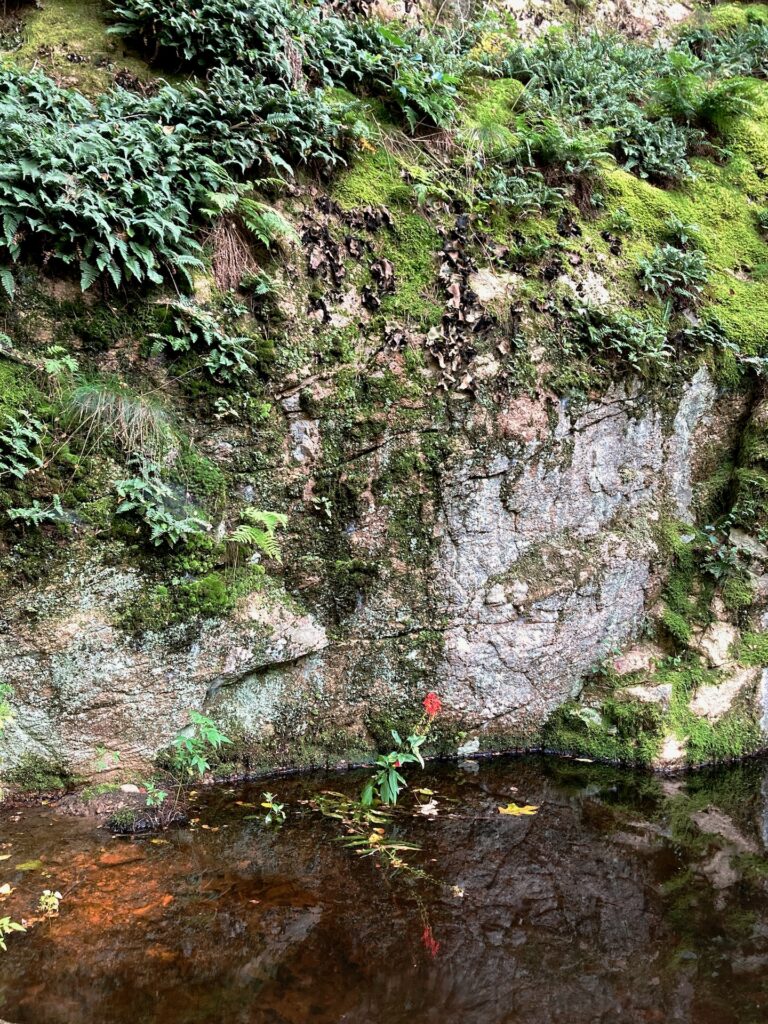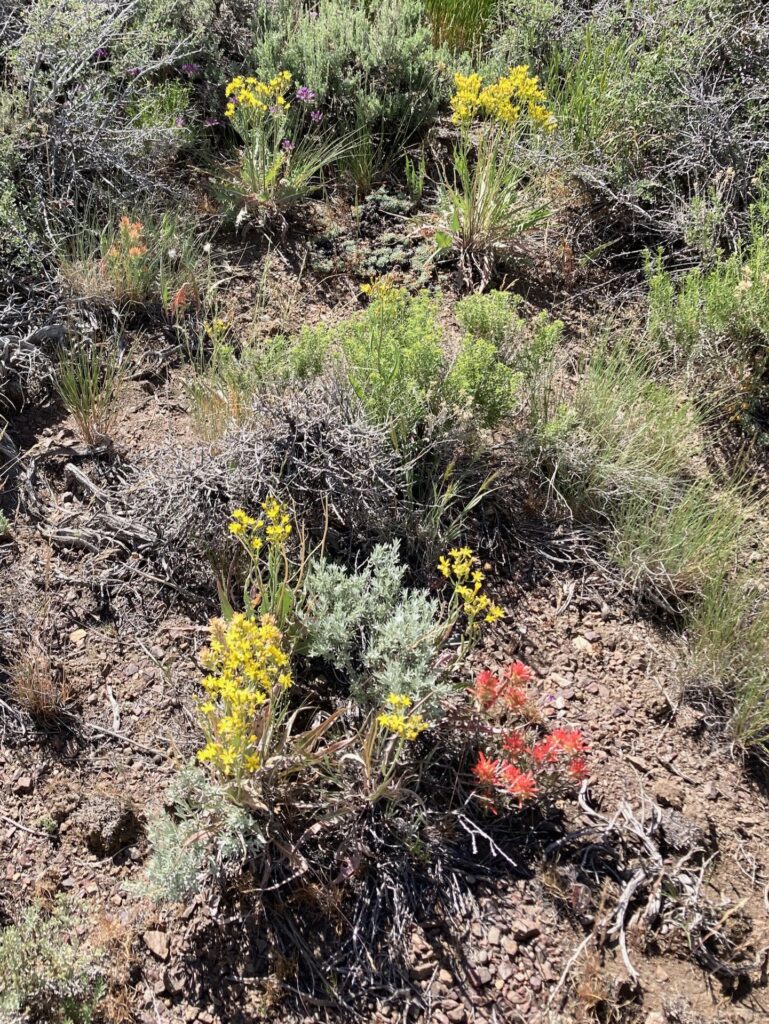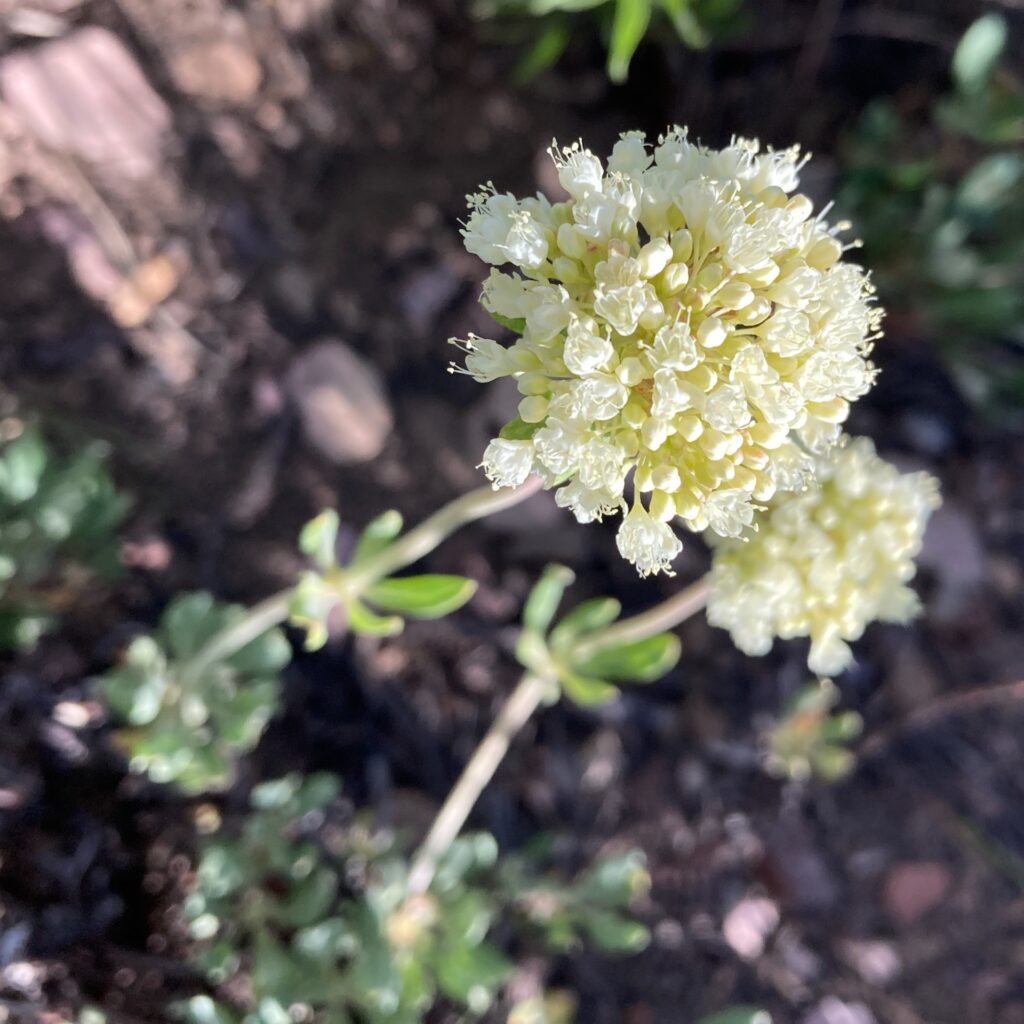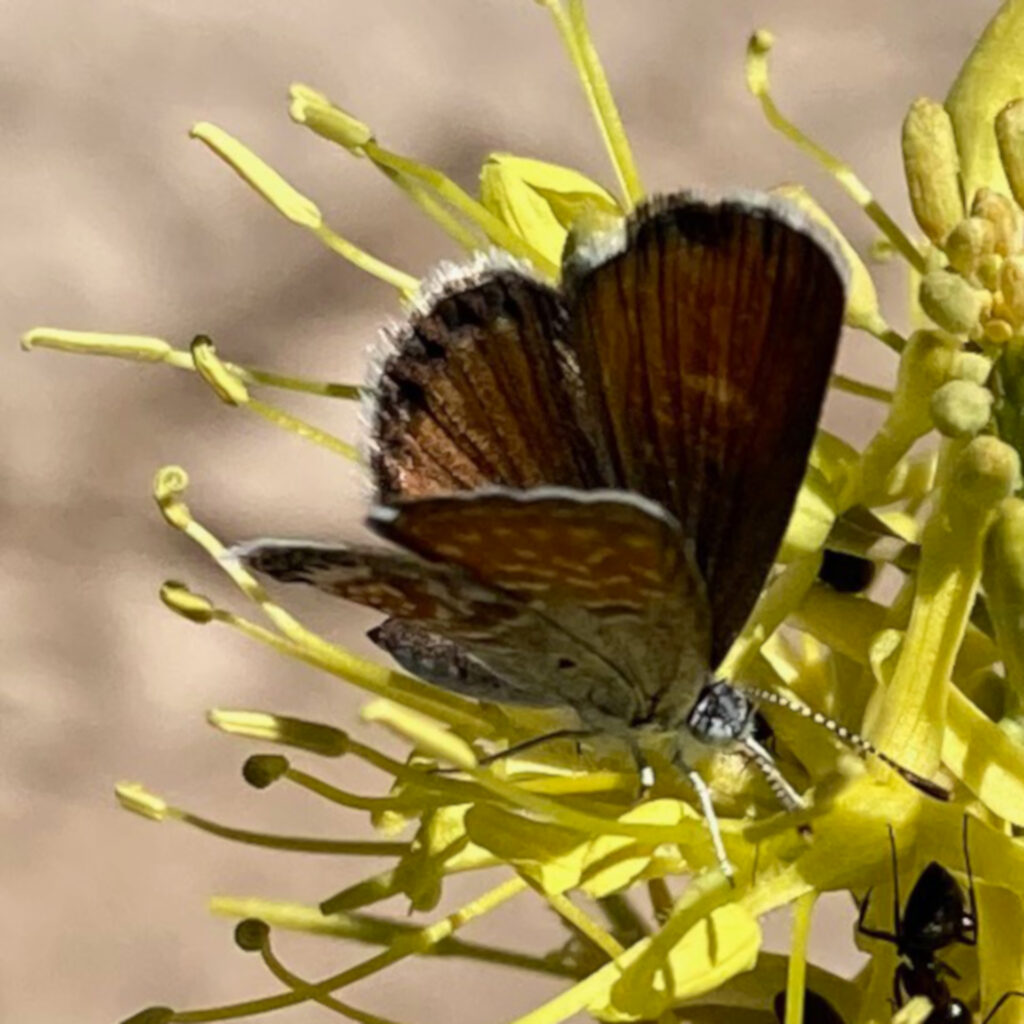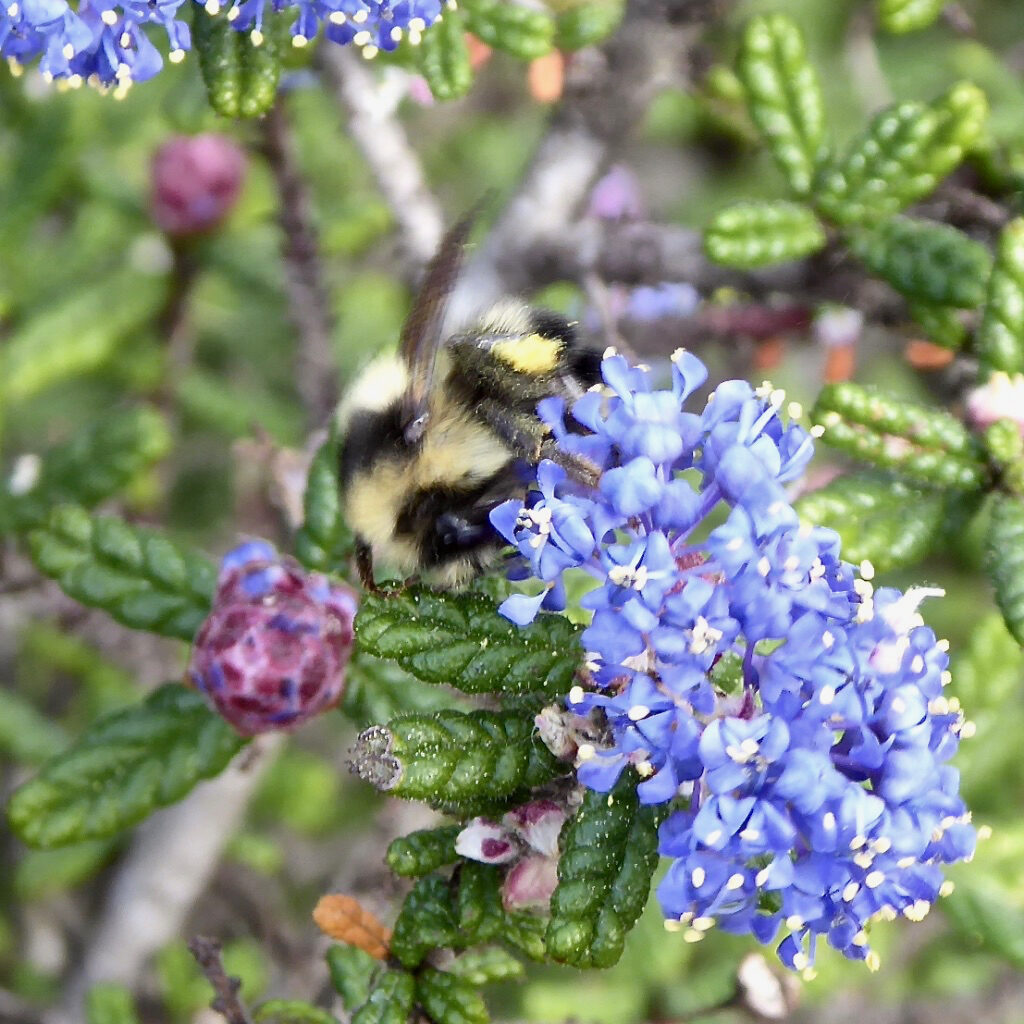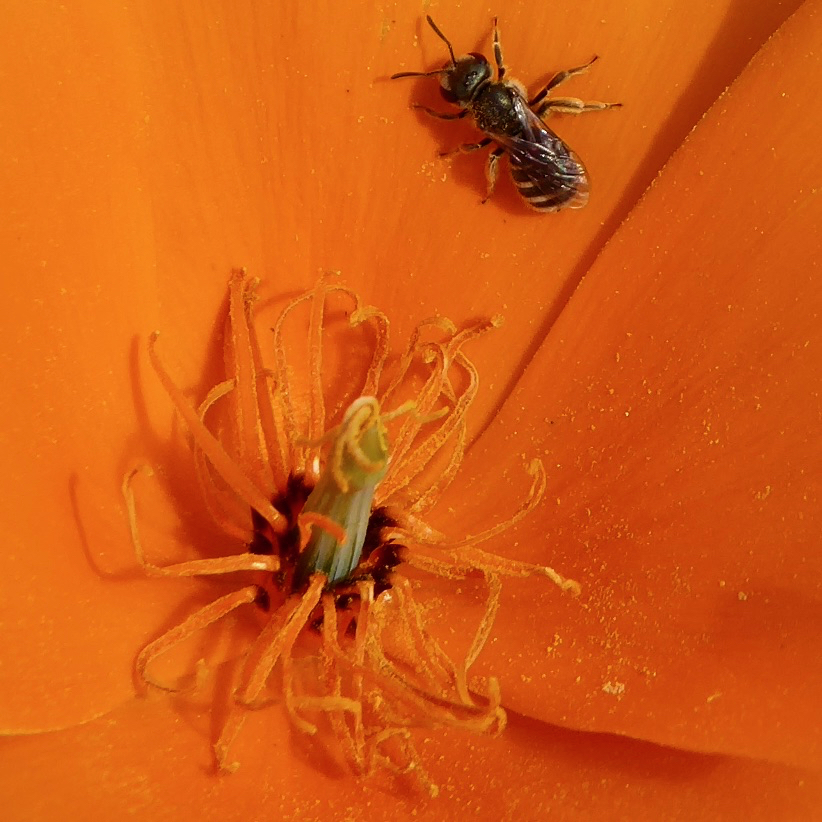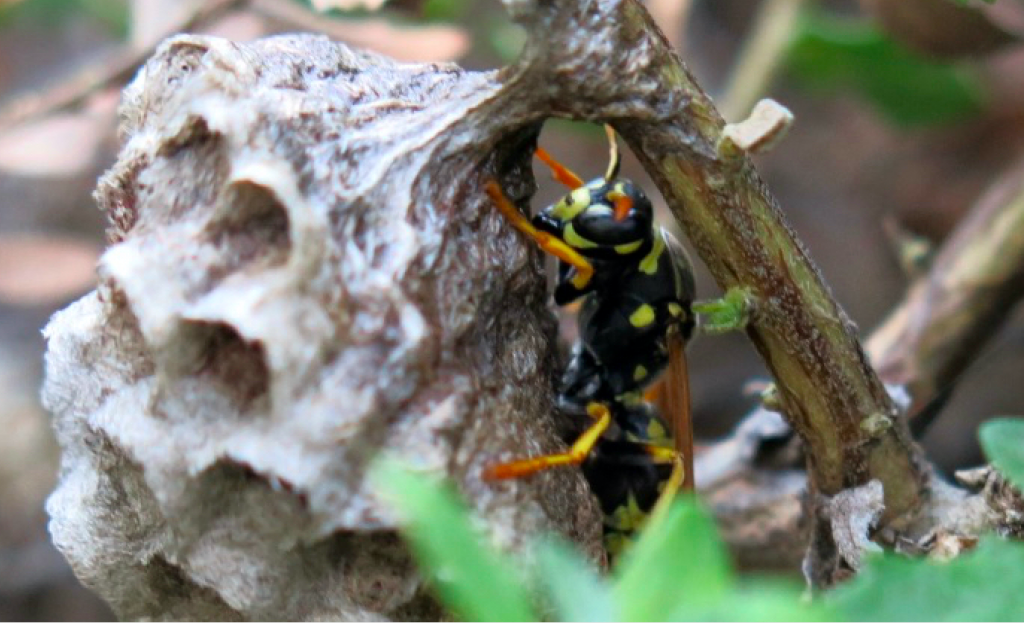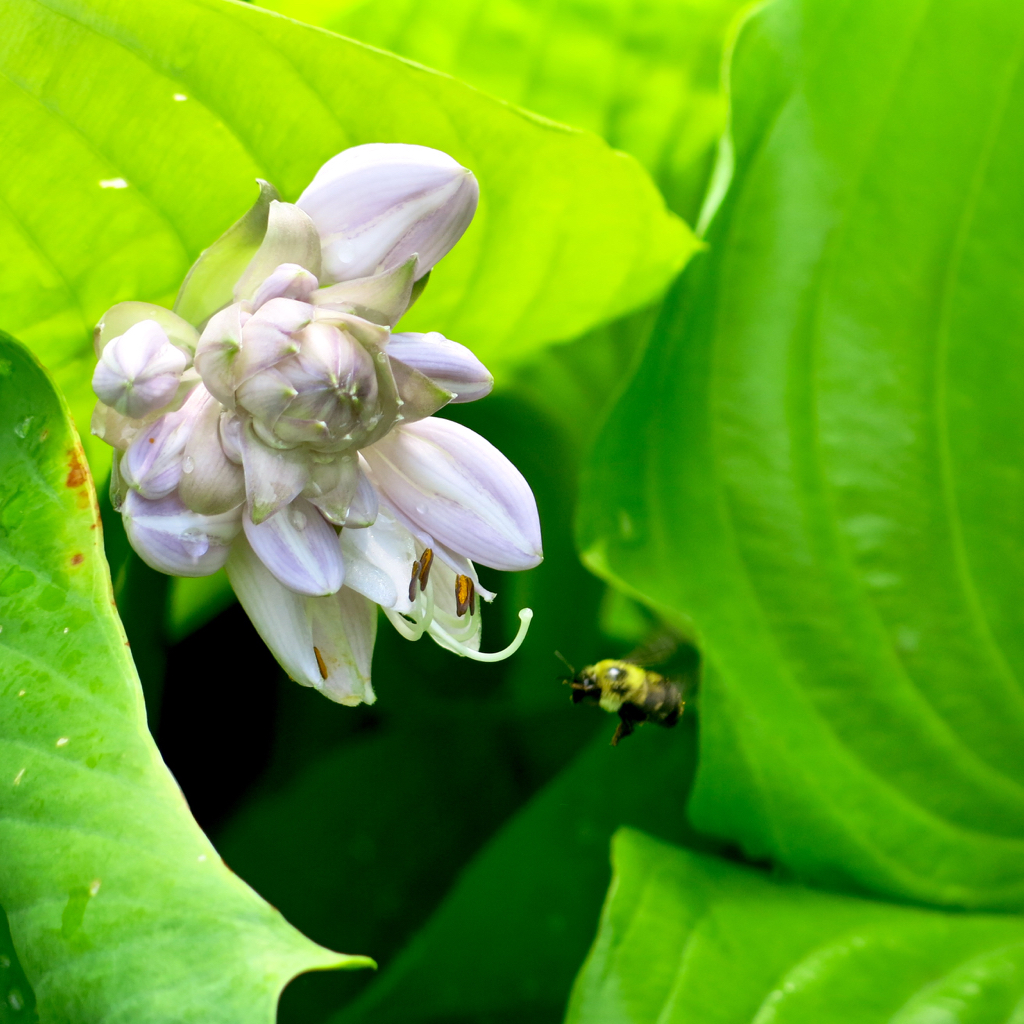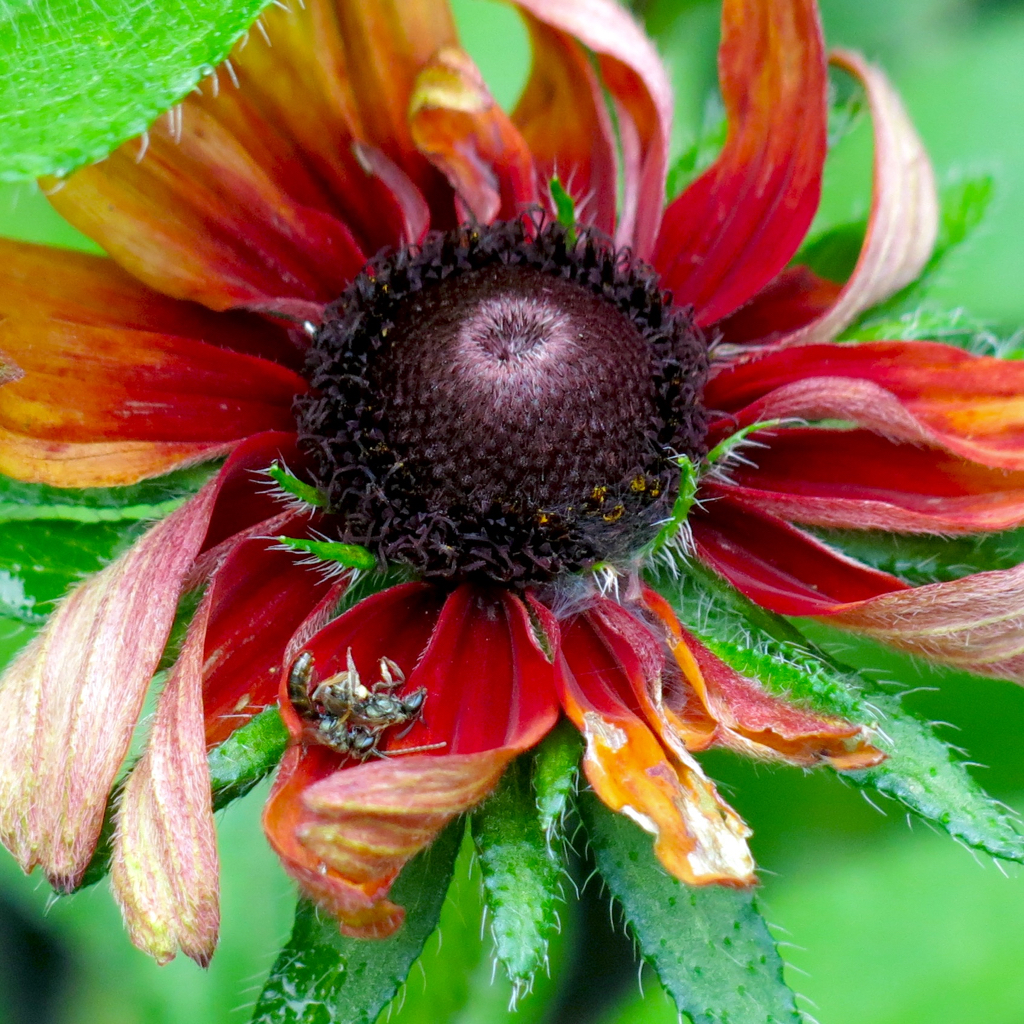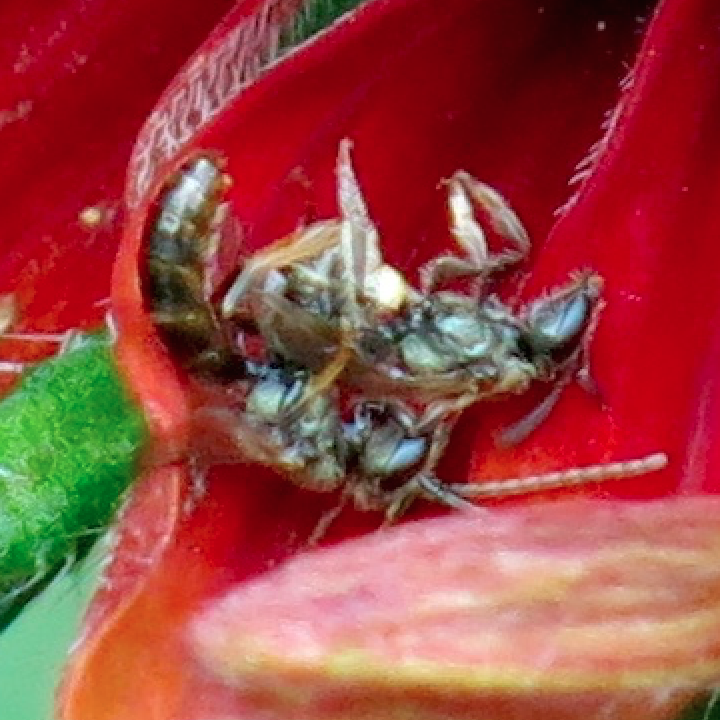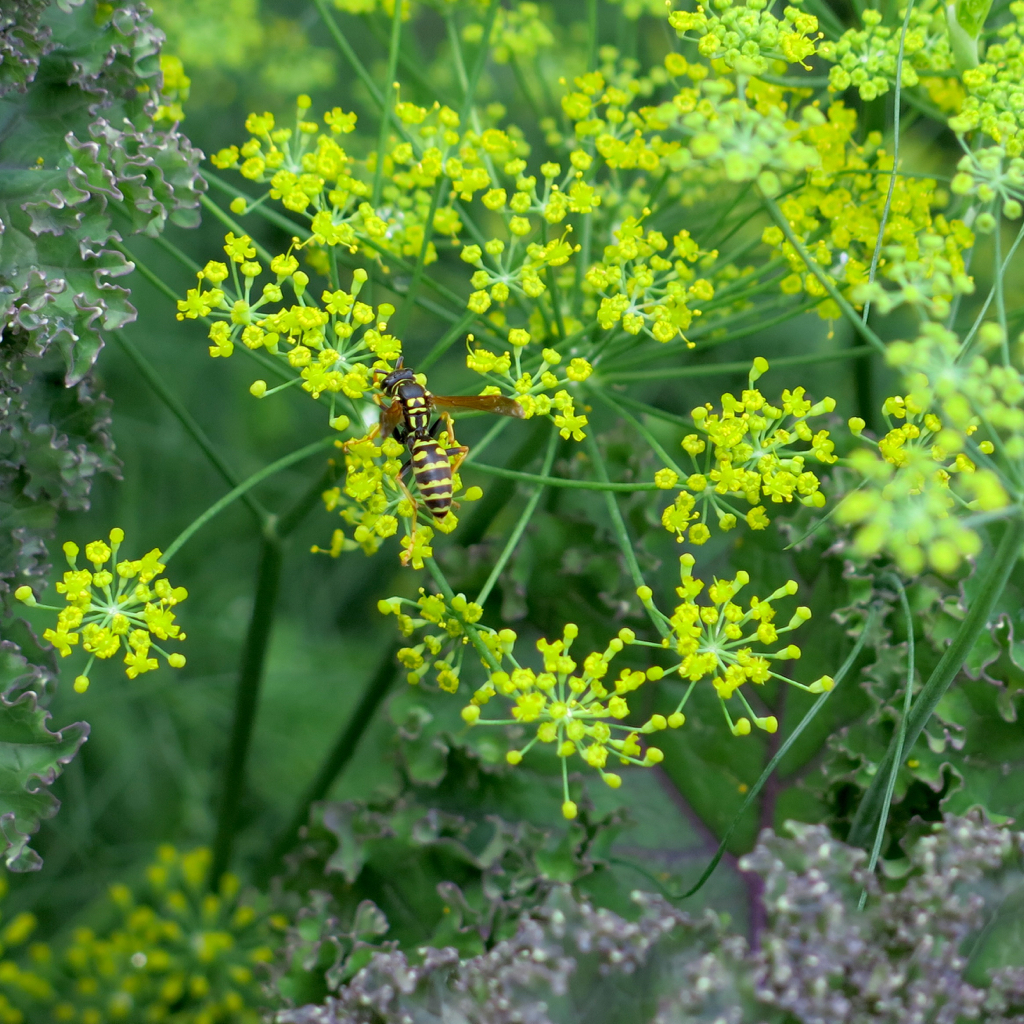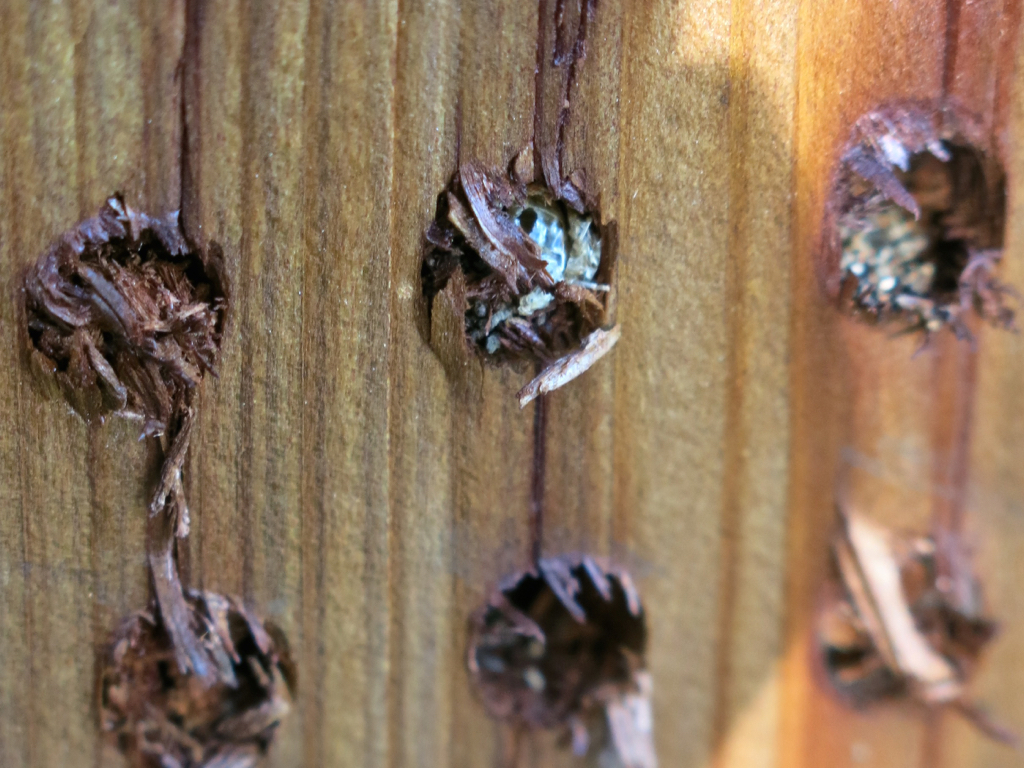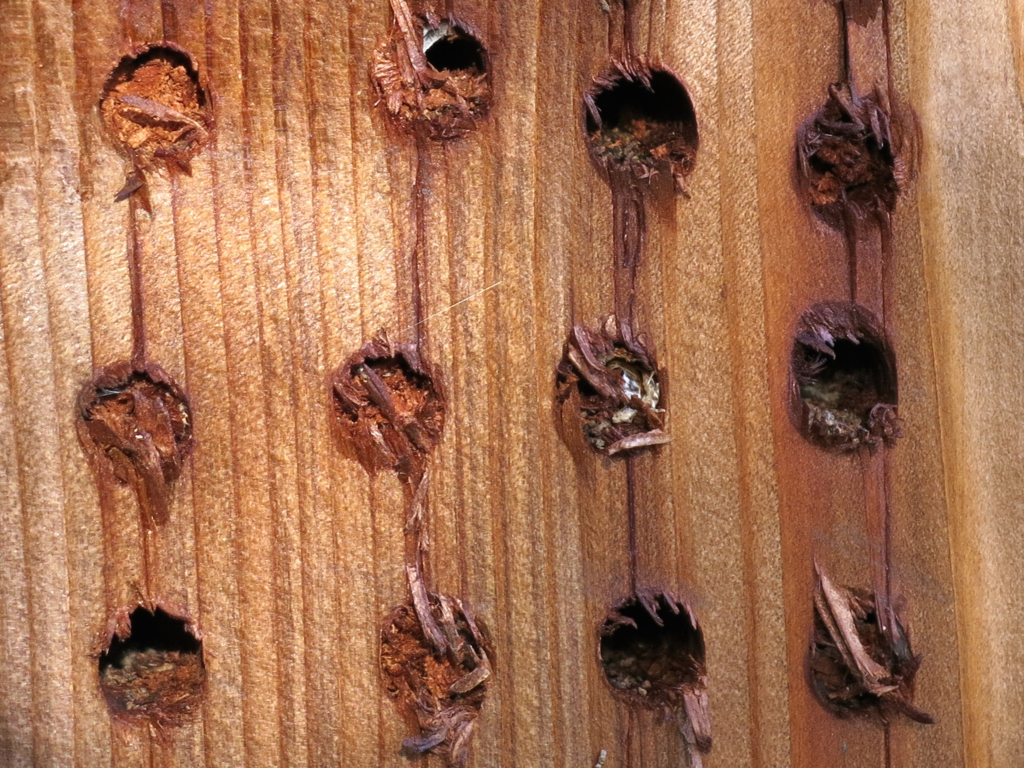Today I discovered a peer-reviewed journal, Urban Naturalist: Natural History Science of Urban Areas Worldwide (Eagle Hill Publications). This journal offers free and open access to all articles.
So far I’ve read two articles:
“Effect of the Edge on Eastern Cottontail Density: Urban Edges are Harder than Agricultural” studies Eastern Cottontail density in urban preserves in Mexico City, and concludes that this species of rabbit avoids the edges of urban preserves (perhaps due to noise, light, etc.). This effectively reduces the amount of land habitable by these rabbits in an urban preserve.
“The Bee (Hymenoptera: Apoidea) Fauna of a Transmission Right-of-Way in a
Highly Developed and Fragmented Landscape of Central New Jersey” sampled bee populations in a power line right-of-way. The authors conclude that power line rights-of-way probably offer habitat for bees that would otherwise be lacking in a highly developed landscape. Unfortunately, 13% of the species found by the researchers were introduced or invasive bees. I was also struck by the observation that highways result in high bee mortality: “Roads can be substantial barriers to the movement of bees, and can cause high mortality that increases as roadway speed and traffic volume rises….”
As urban areas increasingly dominate our landscapes, obviously this kind of research is increasingly important. Since most of you reading this live in an urban or suburban area, it’s worth dipping into this journal to learn about some of the unforeseen effects our urbanized lifestyle has on other organisms…if we’re gonna feel guilty about eating meat, maybe we should also feel guilty about contributing to worldwide bee decline every time we drive on a highway.

